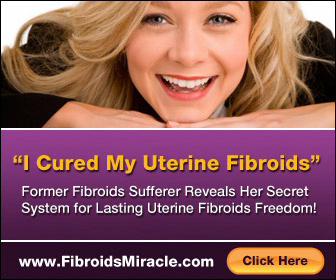Breast fibroids are a natural condition occurring in about half of women in their 20s to 50s. There are few symptoms of having breast fibroids, such as breasts feeling swollen and having lumpy or rope-like structures in the outer, upper parts. Note that these are neither cancerous nor harmful.
Pain or discomfort, changing sizes, or dark brown or green discharge that leaks from the nipples are also some of the things one might notice aside from the difference from the way the breast feels.
Hormones like estrogen might play a part in the development of breast fibroids since they affect breast tissue, but doctors are not exactly sure what causes these changes. To determine whether a woman has breast fibroids, a doctor may administer either a mammogram or an ultrasound, and a biopsy if necessary.
There isn’t any treatment usually needed, unless the doctor finds out that it’s actually cancer. If it is a cyst, the doctor can puncture and drain it, lessening the pain and pressure. Cysts sometimes go away on their own too.
Studies haven’t proven a link, but some women find relief if they avoid caffeine. Minor lifestyle changes may also be recommended by your doctor to help your symptoms such as: cutting salt from your diet, taking a diuretic, and treating severe cases with prescription hormones such as birth control pills or tamoxifen.
To ease discomfort, one may also try avoiding sports and activities that could impact the breasts, pressing heat or ice to painful areas, taking an over-the-counter anti-inflammatory drug like ibuprofen, and wearing a good quality, supportive bra that fits well.
A Similar Concern in the Uterus
Uterine fibroids are the most common benign gynecologic disease. Known as leiomyomas or myomas of the uterus, they may be caused by genetic changes, growth factors, the extracellular matrix, or hormones such as estrogen and progesterone. They are noncancerous and are not associated with an increased risk of having uterine cancer.
However, according to a study in Taichung, China, women who have breast fibroids are at a higher risk of breast cancer, but are significantly less likely to die from the disease versus those do not have fibroids. Over a span of 11 years, 22,000 women with fibroids were compared to 85,000 women without fibroids. In comparison to women without fibroids, data showed that the prevalence of breast cancer was 35% higher among women with uterine fibroids.
The researchers also examined risk factors for breast cancer and found out that women with fibroids who were 45 years of age and those who did not use estrogen and progesterone medications were at greater risk compared to those without fibroids. High blood pressure, high cholesterol, diabetes, noncancerous breast tumors, and obesity also puts women with fibroids at a higher breast cancer risk.
Is There a Link Between the Two?
To treat uterine fibroids, one may use medical management, hysterectomy, watchful waiting, or fibroid removal. Breast fibroids and uterine fibroids aren’t exactly related, but it is found that those who had both breast fibroids and uterine fibroids tend to face a higher risk of getting breast cancer.


